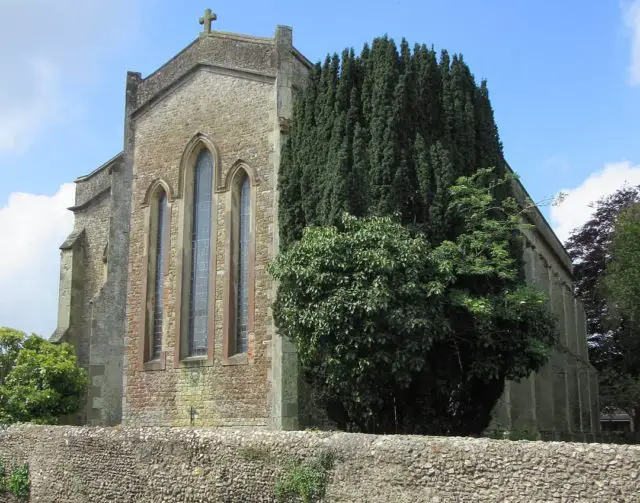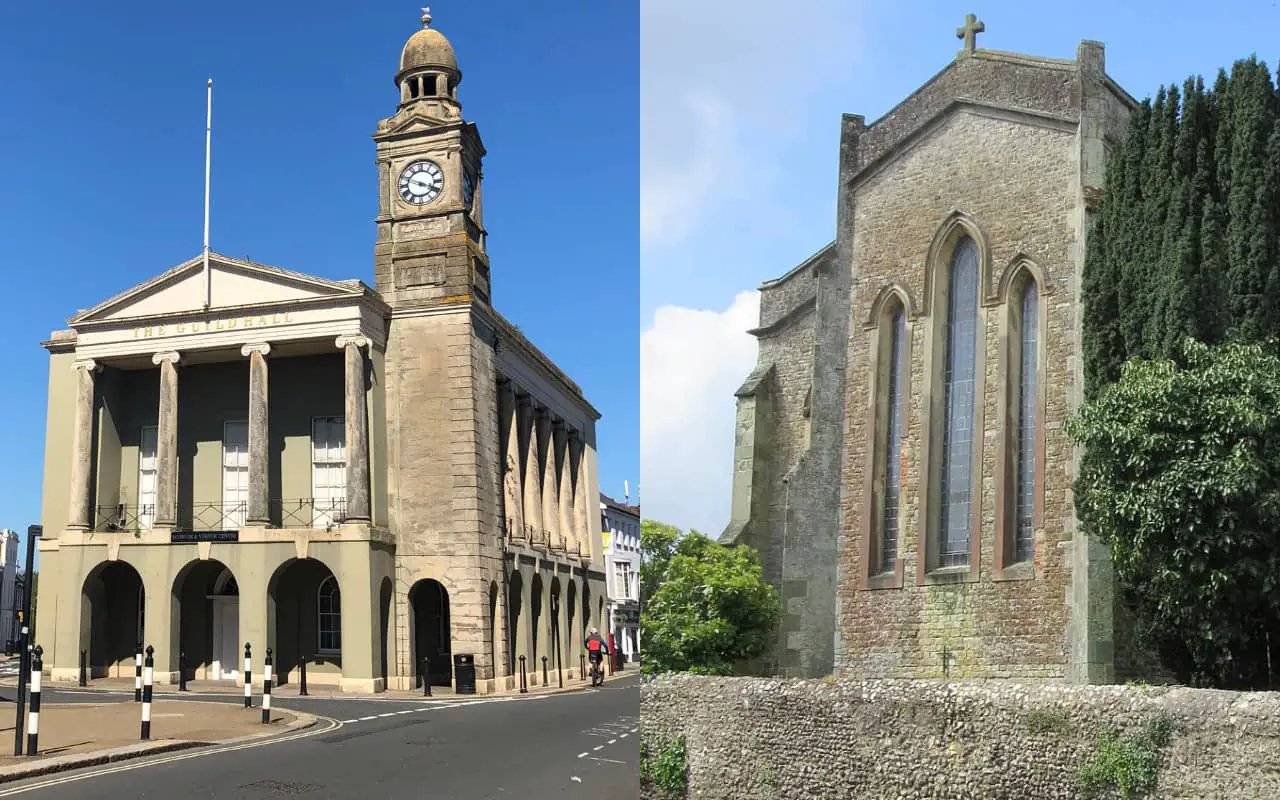Historic England have revealed the latest entries for the At Risk Register today (Thursday), which includes two new entries for the Isle of Wight.
Both entries are in the Isle of Wight’s county town Newport.
In the South East, 11 sites have been added to the register because of concerns about their condition. They are at risk of being lost forever as a result of neglect, decay or inappropriate development.
The Guildhall
The first is the Grade II* Guildhall. Owned by Isle of Wight council and currently housing the Museum of Island History, as well as offices for Visit Isle of Wight, The Guildhall was built in 1814-16 to designs by John Nash.
The purpose of the building was originally to house the borough’s civic and judicial functions, and a market.
Why it’s at risk
It has been added to the Heritage at Risk Register due to the poor condition of the roofs, render, stonework and drains.
English Heritage say the council is working with partners and through the High Street Heritage Action Zone to develop plans for the building’s refurbishment and options for its future use.
They undertook £20,000 of emergency roof repairs last year and English Heritage are monitoring the condition of building closely.
Church of St John the Baptist
The second new entry on the At Risk Register is the Church of St John the Baptist, Drake Road.
The church is described as a spacious Gothic style church designed by R G Wetten and mainly constructed 1835-7 of rubblestone with ashlar buttresses and turrets and Roman cement window surrounds, mouldings and corbels. It has a slate roof behind tall parapets.

Why it’s at risk
The church has been added to the At Risk register due to deterioration of the historic fabric including the stonework and window surrounds.
Details of all entries on the At Risk Register can be found on the Historic England.





